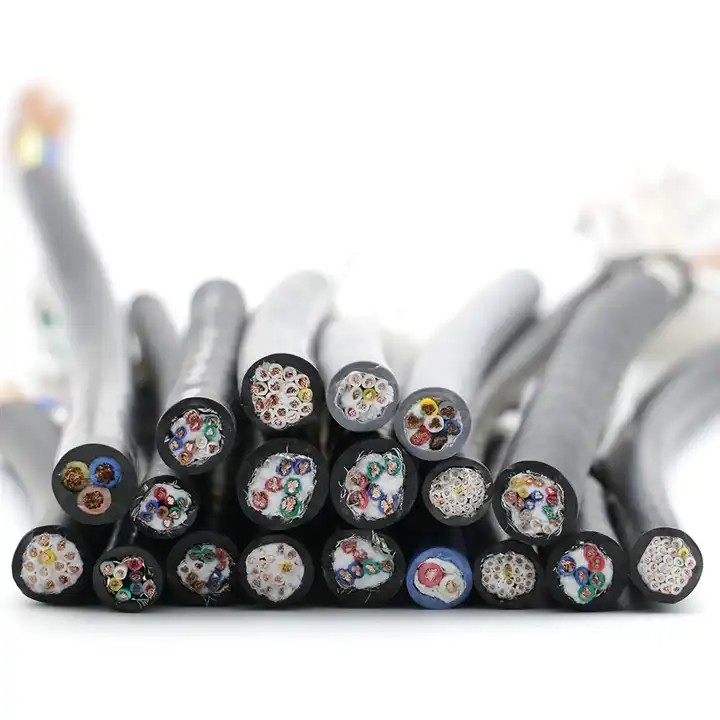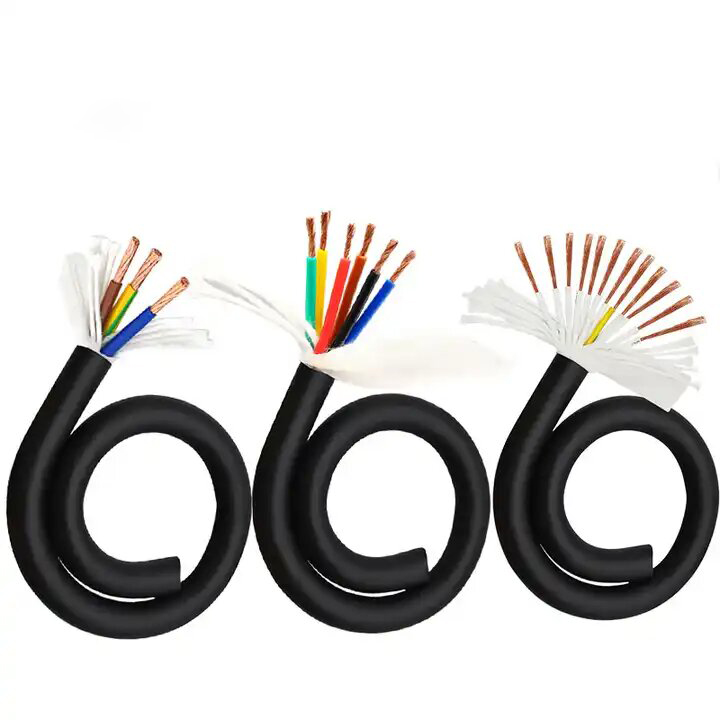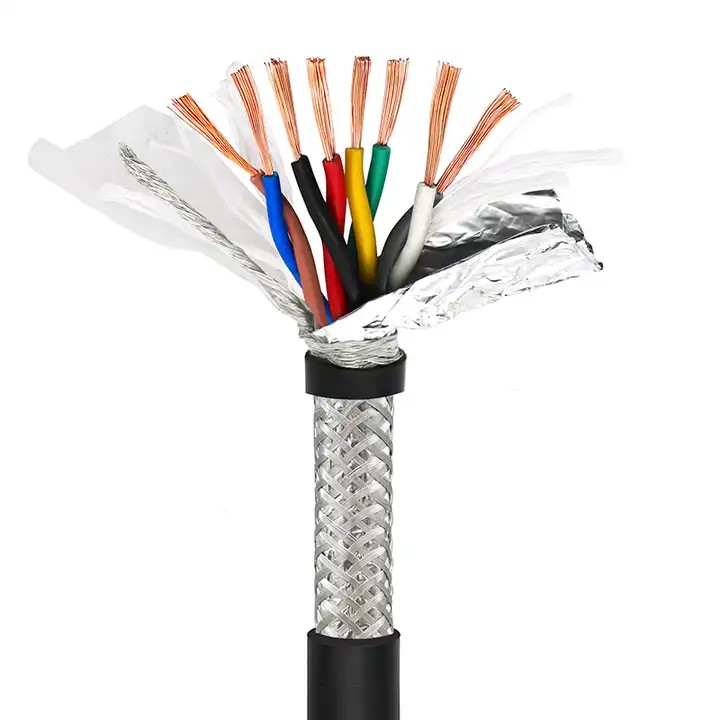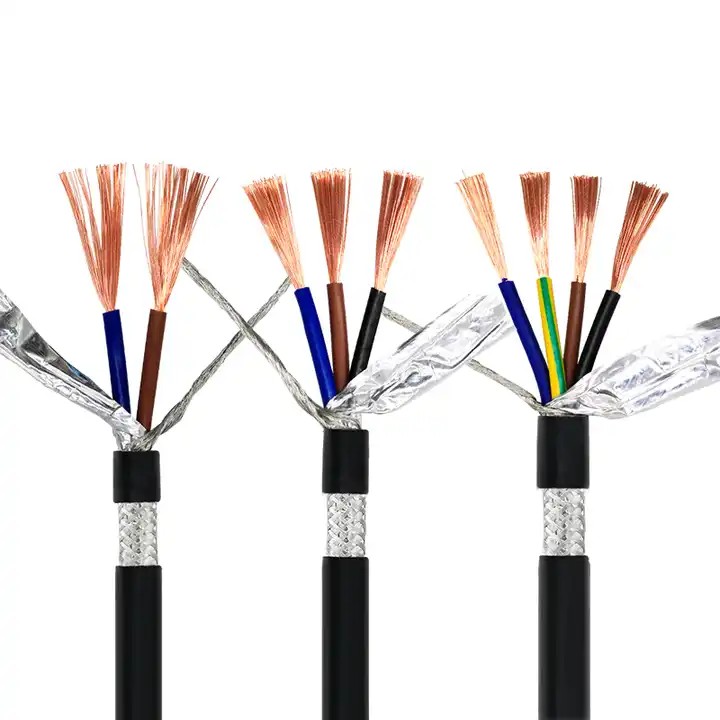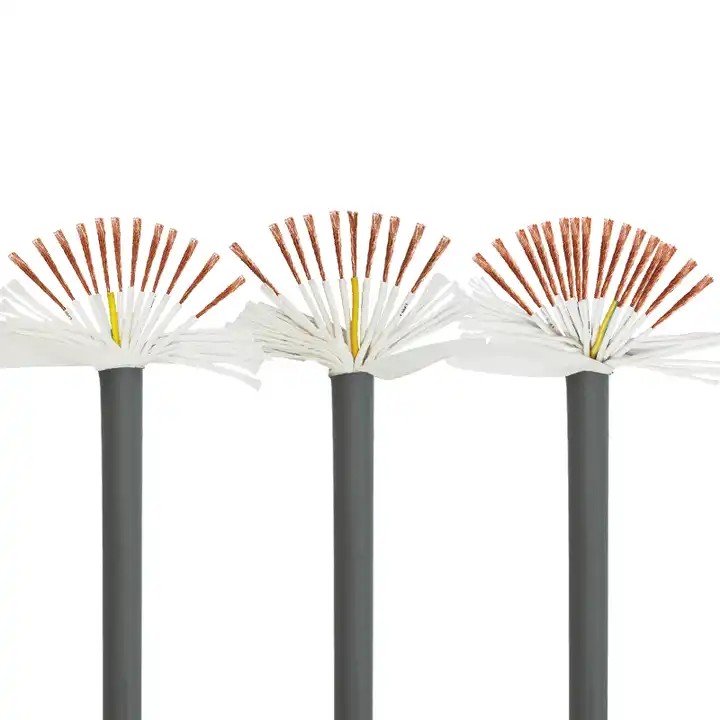Wire and Cable Manufacturing Process
Published:
2024-09-04 14:17:18
TL-LINK will take you to understand the basic process flow of wire and cable manufacturing.
The production of products in all walks of life has its own unique processes, which directly affect the quality, delivery speed and cost of the products. Therefore, today TL-LINK will share the production process of wires and cables. Practitioners in the wire and cable industry know that the manufacturing process of wires and cables includes many complex processes, and cables of different models and specifications also have differences in the manufacturing process, and there are many details that need attention. Today, TL-LINK will take you to understand the basic process flow of wire and cable manufacturing.
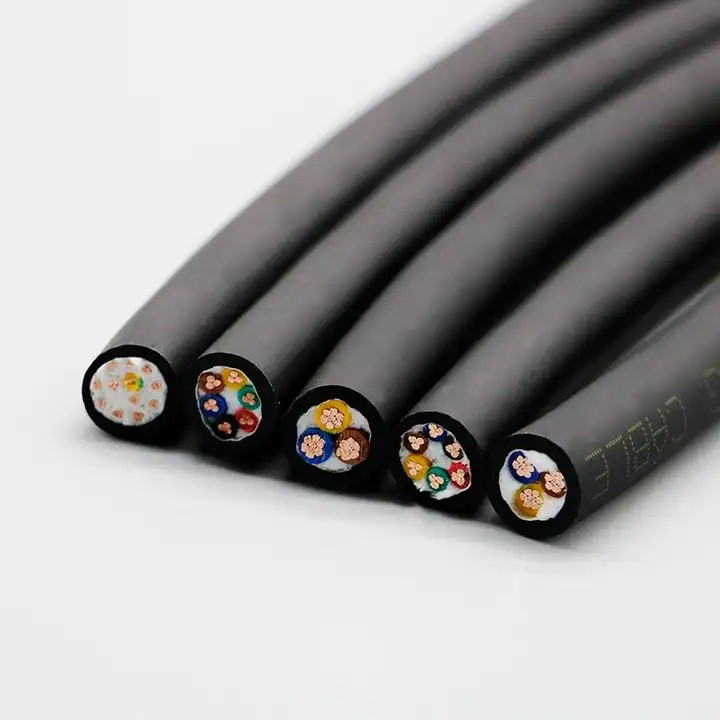
1. Wire twisting process
In the wire twisting process, multiple single-wire conductors are twisted together in a certain direction and rules to form an integral twisted wire core to achieve the required wire core cross-section. By pressing into rows, the appearance of the twisted conductor is more perfect and the conductive performance is better. This not only improves the softness of the cable and the stability when bending, but also enhances the overall strength of the cable, which is convenient for subsequent construction, installation and use.
2. Insulation process
The insulation process uses extrusion to wrap the insulation material on the outside of the conductor with different thicknesses according to the voltage tolerance requirements to form the insulation layer of the cable. This layer not only isolates the charged body from other parts, but also detects defects in the electrical manufacturing process through the spark machine. The insulating material must have excellent electrical insulation and mechanical physical properties to ensure the safe operation of electrical equipment and lines.
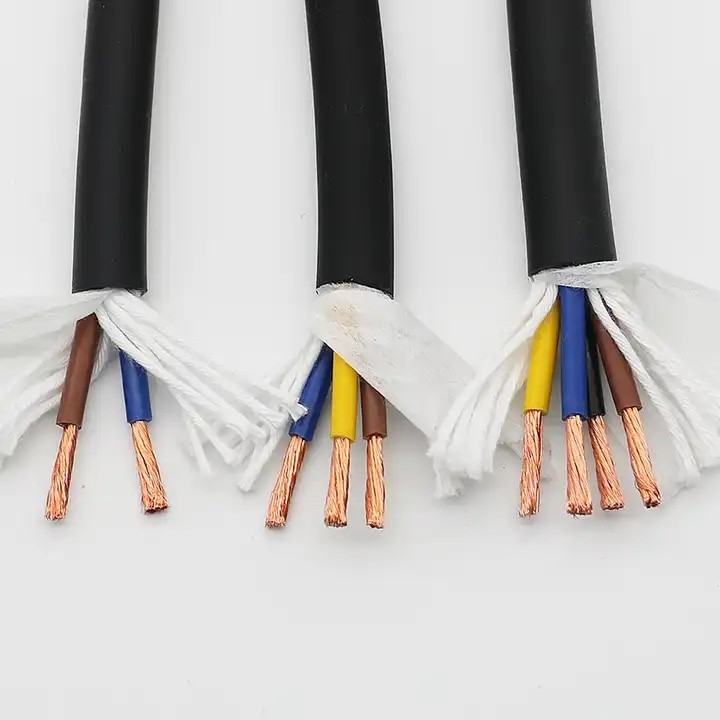
3. Cabling process
Multi-core cables usually need to be twisted into a circle during the cabling process to ensure the shape and molding of the cable. Its twisting mechanism is similar to the conductor twisting, but due to the larger twisting section diameter, the non-back-twist method is mostly used. The technical requirements in the cabling process include preventing the cable from twisting due to the flipping of the special-shaped insulation core and preventing the insulation layer from being scratched. The cabling process may also be accompanied by two processes, filling and binding, to ensure the roundness and stability of the cable and prevent the cable core from loosening.
4. Shielding process
The purpose of the shielding process is to ensure the transmission performance of the system in an electromagnetic interference environment. It includes the ability to resist external electromagnetic interference and the ability to reduce the system's own ability to radiate electromagnetic interference outward. In theory, a metal shielding layer coated on the outside of the cable and connector can effectively filter out unnecessary electromagnetic waves and prevent interference signals from entering the inner conductor.
5. Armoring process
For cables laid underground, cables with armored structures are usually selected because they need to withstand greater pressure. It can be simply understood as adding a steel structure cortex to the inner layer of the cable outer sheath to increase the mechanical strength of the cable and ensure its long-term reliability in harsh environments.
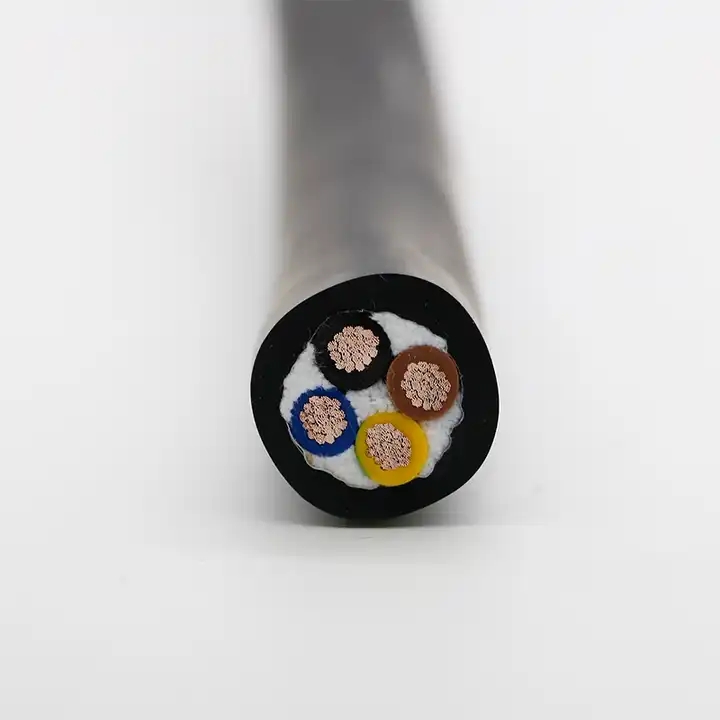
6. Sheathing process
The outer sheath is a key part to protect the insulation layer of wires and cables from environmental erosion. The main functions of the outer sheath include improving mechanical strength, chemical corrosion resistance, moisture resistance, waterproofness, flame retardancy, etc. According to different cable requirements, the plastic sheath is directly extruded using an extruder to ensure the stability and safety of the cable in various environments.
Through the above introduction, I believe that everyone has a basic understanding of the electrical wire and cable manufacturing. I hope that today's sharing by TL-LINK cable manufacturing companies can be helpful to you. Finally, I remind everyone that when purchasing wires and cables, you must choose products that meet national standards and have quality assurance to ensure safe use and long-term reliability.


